Sony A7R Mark III - So soon after the A9?
The last thing I am going to write is a full review of the Sony A7R Mark III. There are going to be oodles of reviews out there doing just that - probably more informative than this one - which many of you will undoubtedly read. With that being the case, would it really be helpful if I jumped off the Brooklyn Bridge like everyone else and reiterated the rows and columns of specifications already listed on Sony's own website? Really, I think not. So as my alternative, what I'd rather do is address the elephant in the room.
What I think everyone wants to know is how we're all suppose to rationalize yet another iteration of Sony's growing A7/A9 family, given how little time has passed since their last product upgrade. In fact, it almost seemed like yesterday, when the much lauded A9 was released to considerable fanfare. So fresh it still is in recent memory, that even the new camera smell has barely faded away. And now we're all suppose to toss it aside like an old shoe, and make a huge fuss over the new kid on the block - the Sony A7R Mark III?
Mind you, it's not as if I'm an expert on the Sony full-frame mirrorless interchangeable lens system (full disclosure, plus a mouthful to say). Up to now, I've mostly been fiddling around with Leica lenses on my Sony cameras - much like a dilettante. So as you could imagine, I might not seem like the best person to offer a comprehensive opinion in rationalizing this most recent of iteration. I mean, it's not as if I know all the many incremental upgrades in customizable details tucked inside its byzantine menu system. That would mean reading the instruction manual - which really is a bridge too far. For my needs, I don't need to know the Sony A7R Mark III to the nth degree, since I won't be feigning expertise beyond what I know, lest I shove my foot into my mouth.
And yet, you continue to read this review?
ISO 125, f/1.4, 1/40s
ISO 4000, f/2.8, 1/40s
ISO 2000, f/2.8, 1/40s
ISO 6400, f/1.4, 1/200s
ISO 1600, f/5.6, 1/10s
ISO 1600, f/5.6, 1/10s
Still, not evaluating features I will never use doesn't mean I cannot rationalize the relevance of yet another iteration of the A7 camera - this being the eighth iteration in four years since releasing the first of its kind. True, I might fall short in knowing every minute detail of the A7R Mark III, but I know each variant before this iteration well enough to successfully optimize image capture. From my perspective, is there anything more important than knowing how to do that on any camera? You really shouldn't hold it against me if I haven’t tried out the WiFi or tethering function yet!
Needless to say, I decided not to adapt Leica lenses on this review, in an effort to optimize image capture on the A7R Mark III. The lens I selected for this review was the Sony FE 35mm f/1.4 ZA. Unfortunately, it was the wrong lens to pair on the Sony A7R Mark III. Upon review of my sample images, it wasn't the best lens to demonstrate optimal performance in documentation (more on that later). But, I suppose it wouldn't be my typical review if I didn't goof up somewhere!
Of course the defining characteristic of the Sony A7R Mark III is its high resolution sensor - which isn't any higher in resolution than its predecessor... nor is it any different. In fact, it is my understanding that this is the same sensor, or at the very least based on the same sensor from the A7R Mark II. Normally, this apparent lack of measurable improvement would be frowned upon by those wanting more bang-for-the-buck from their hard earned investment. But to be objective, I have a different perspective on this slightly niggling detail.
ISO 400, f/1.4, 1/200s
ISO 400, f/1.4, 1/200s
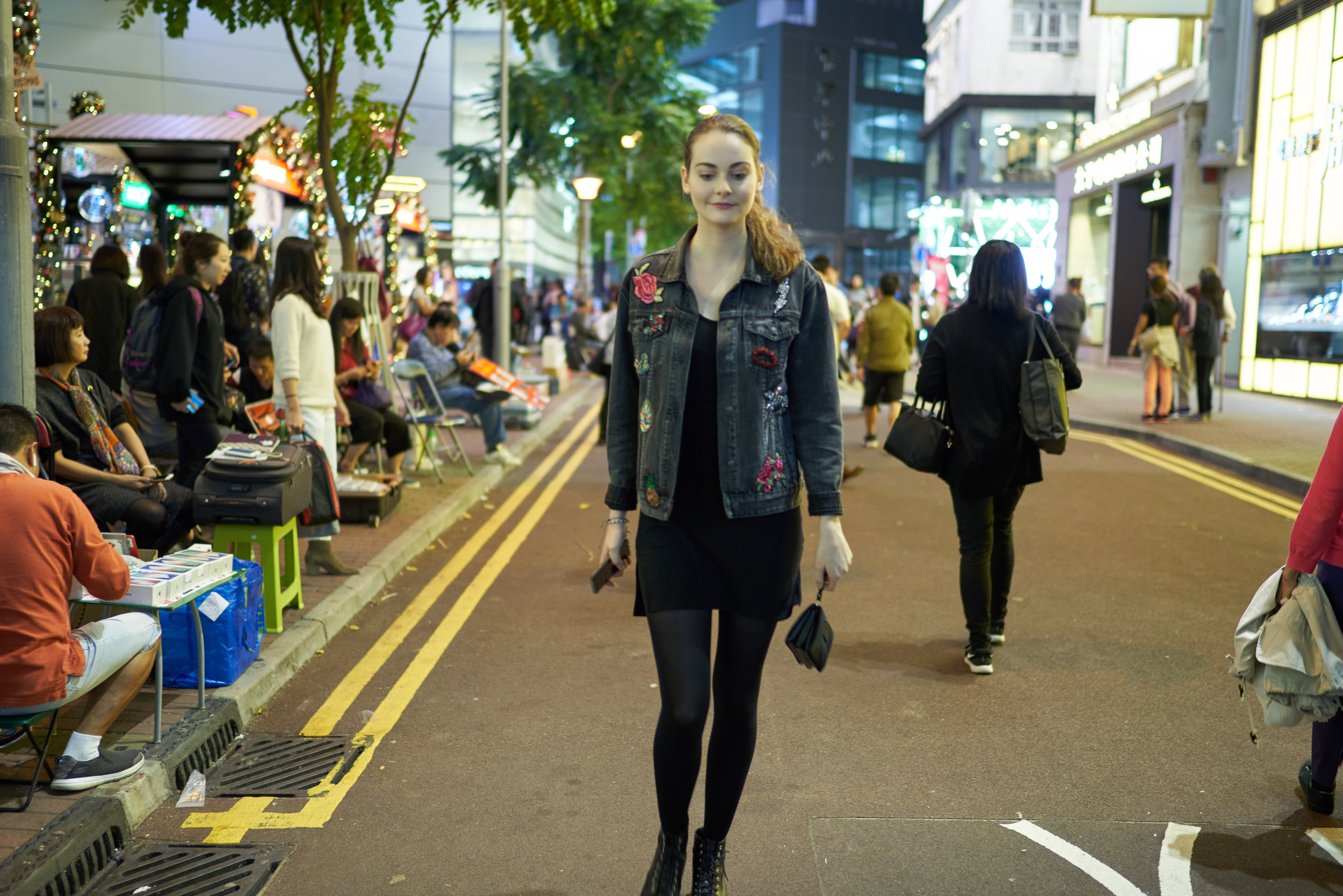
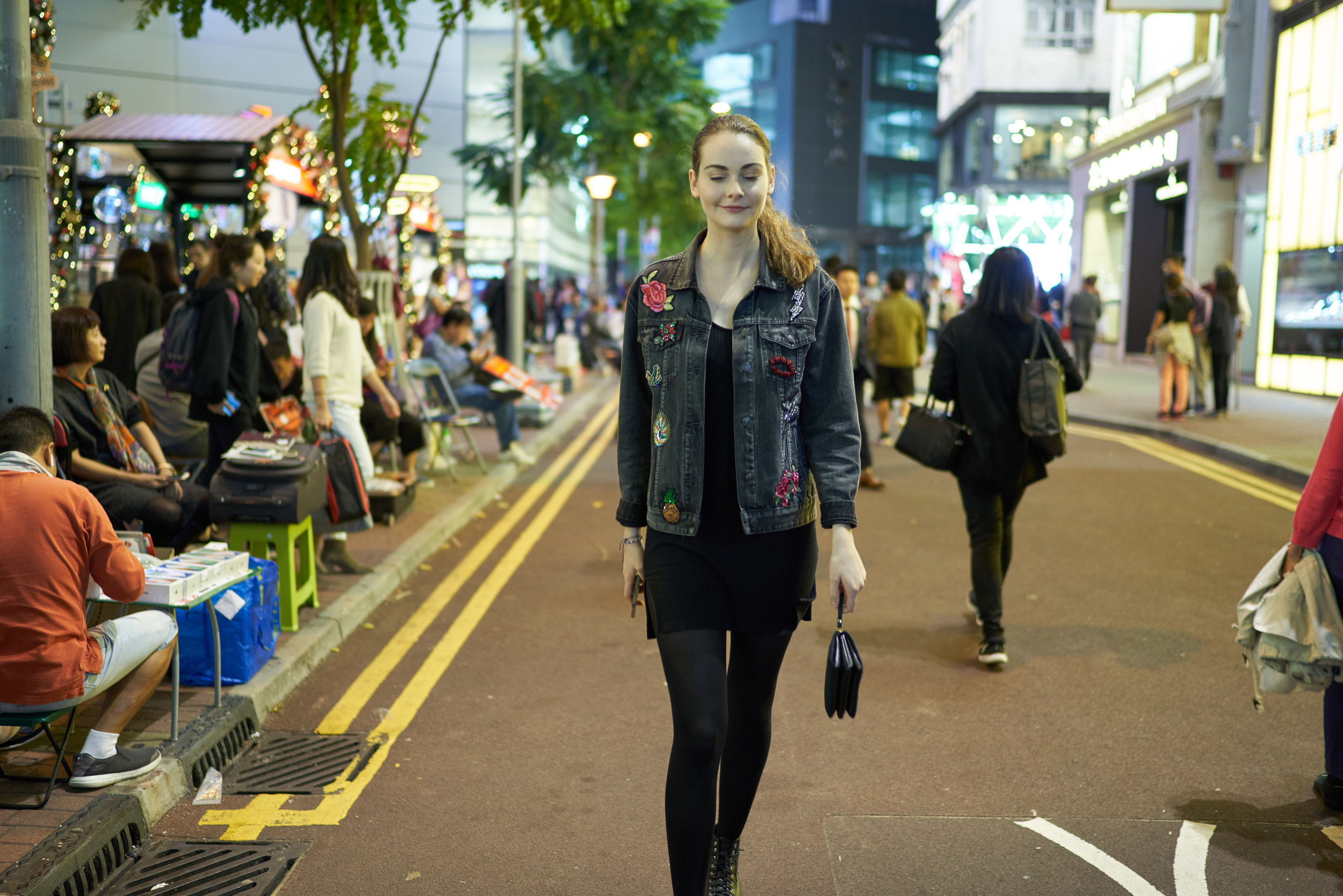

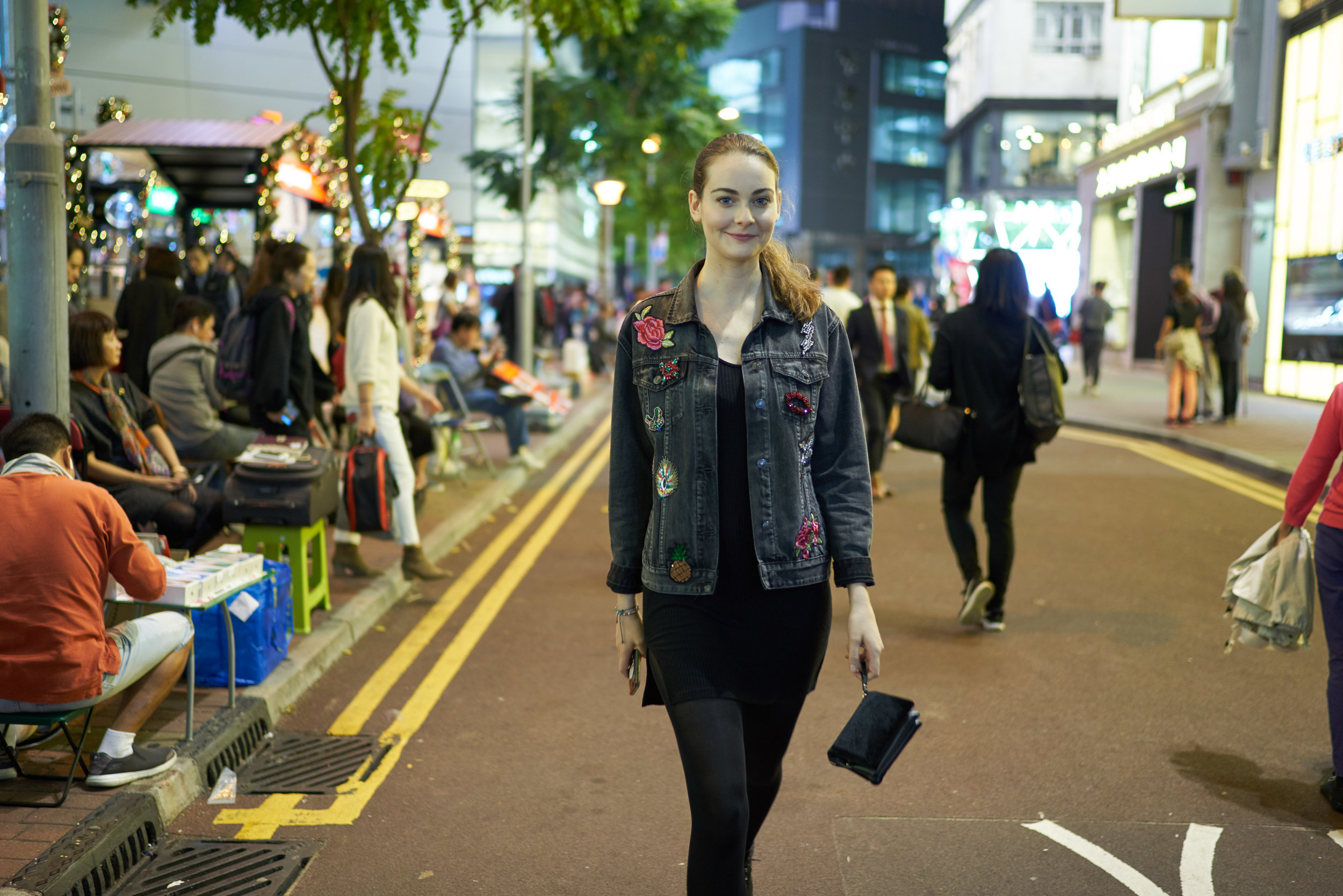
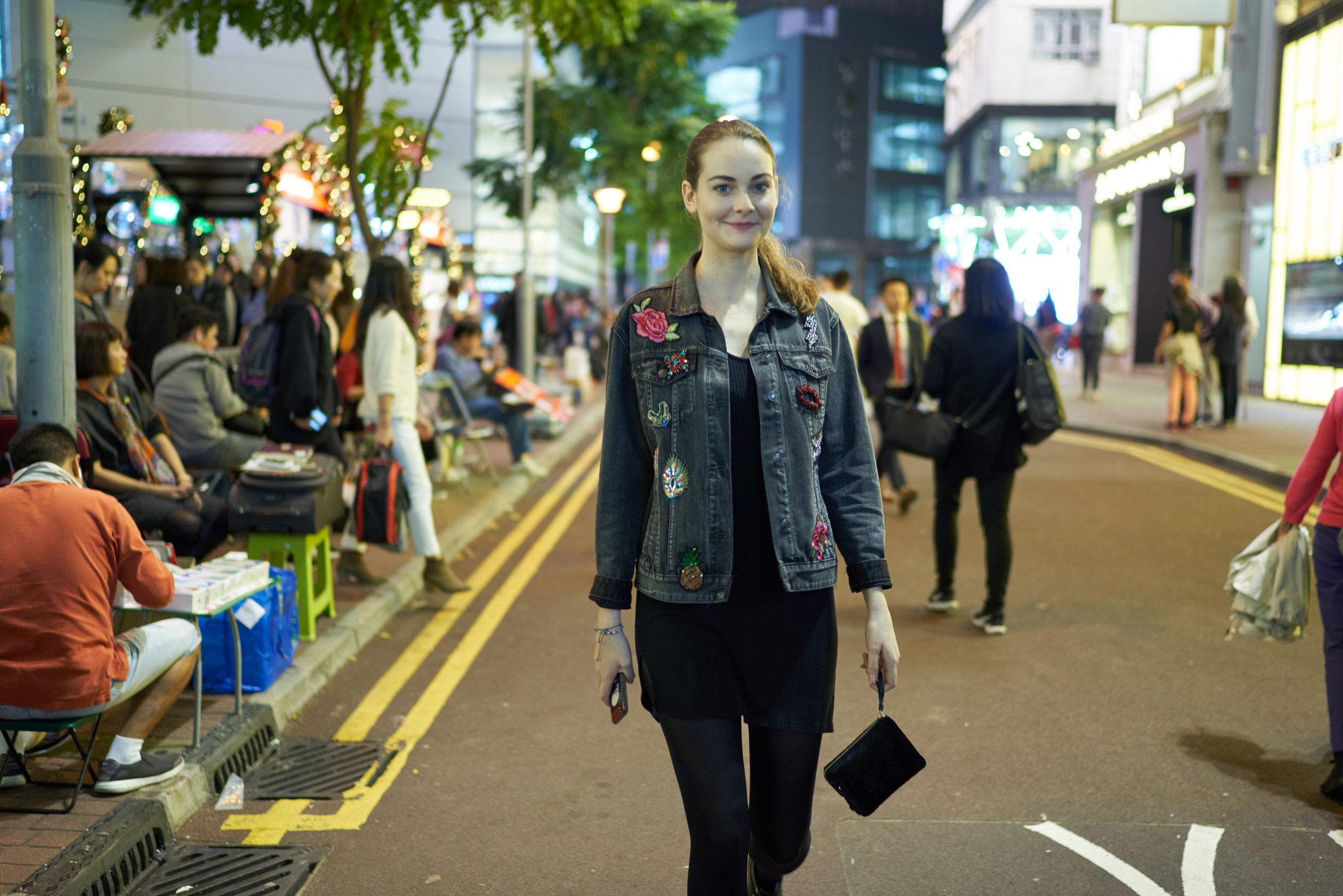
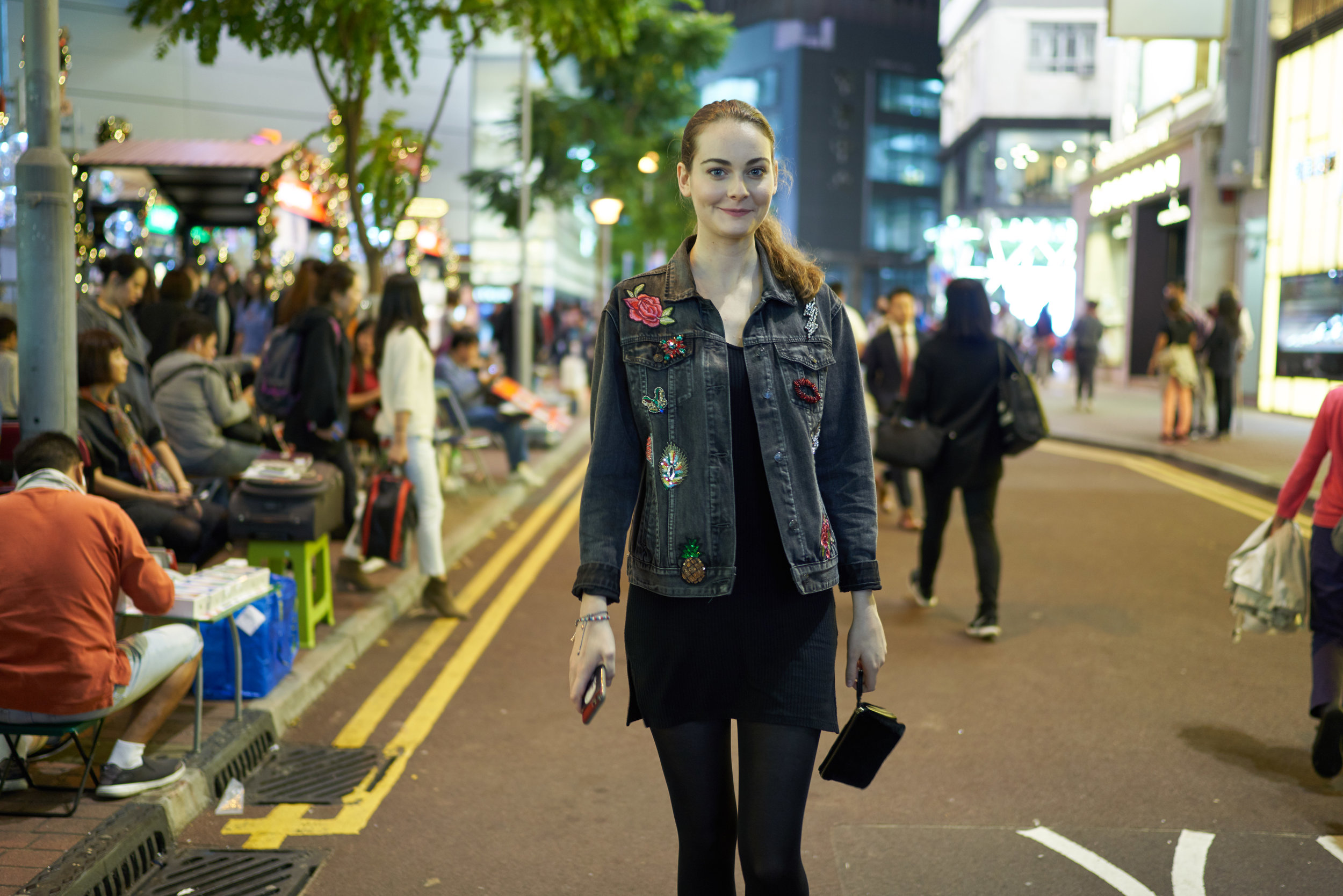


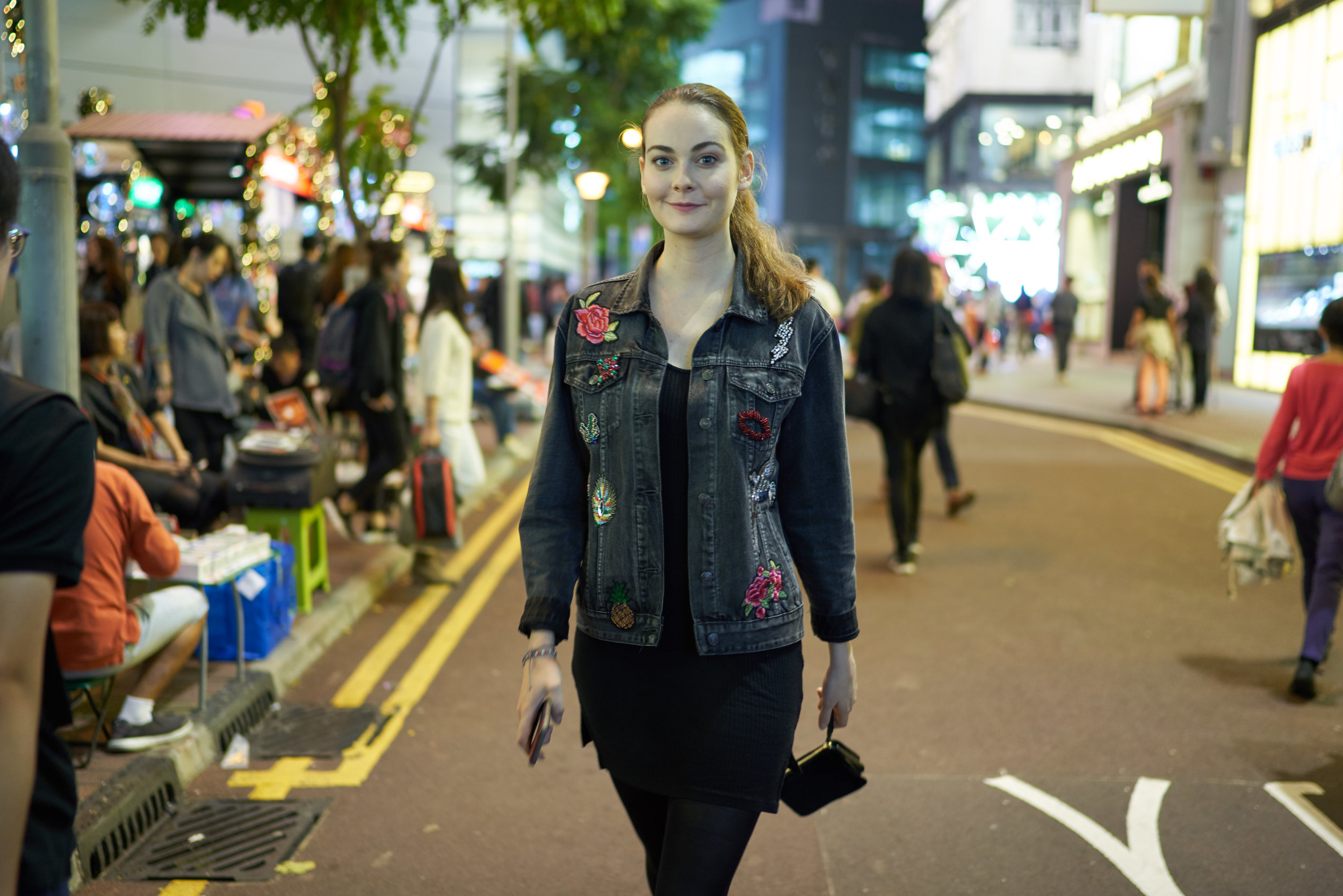
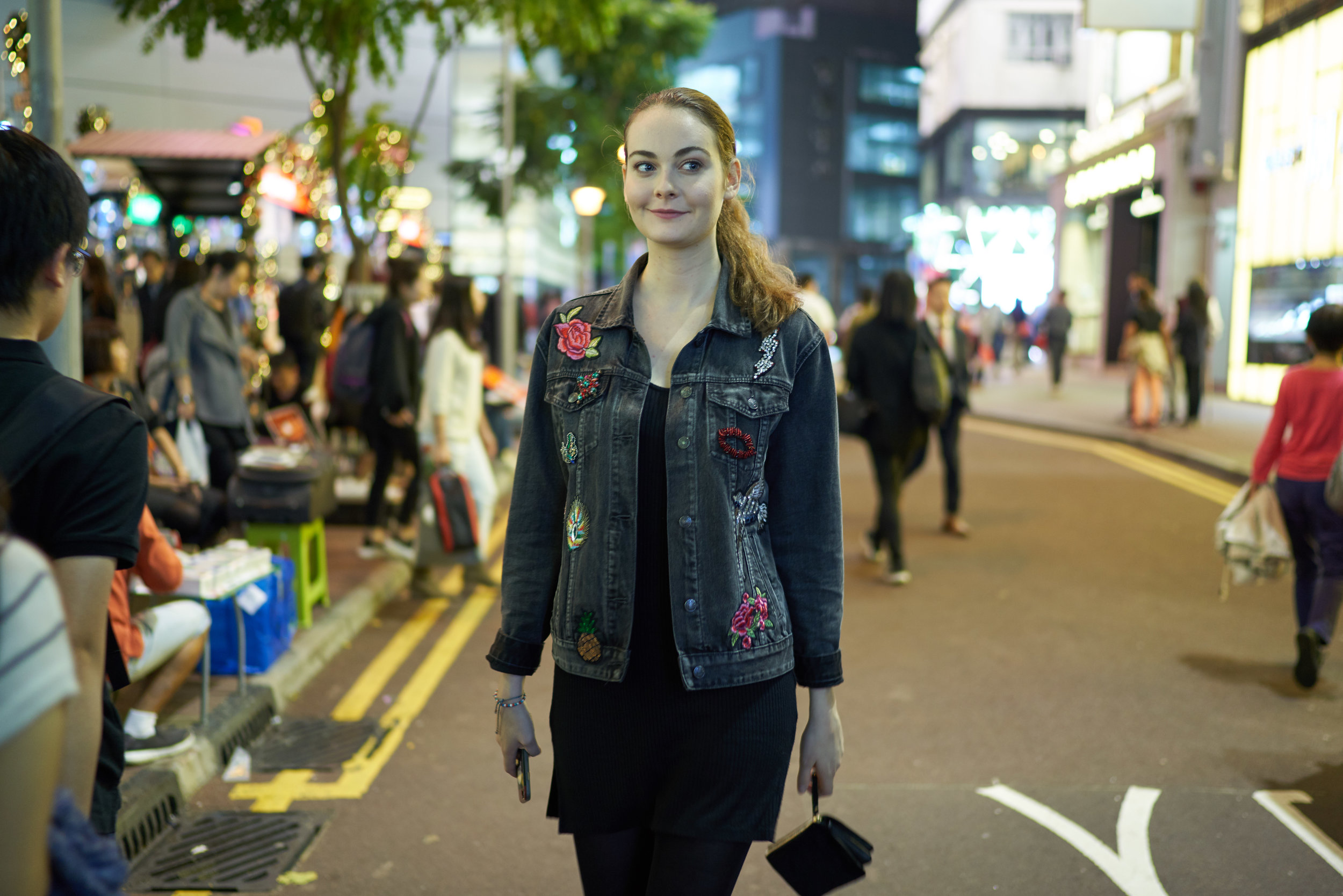
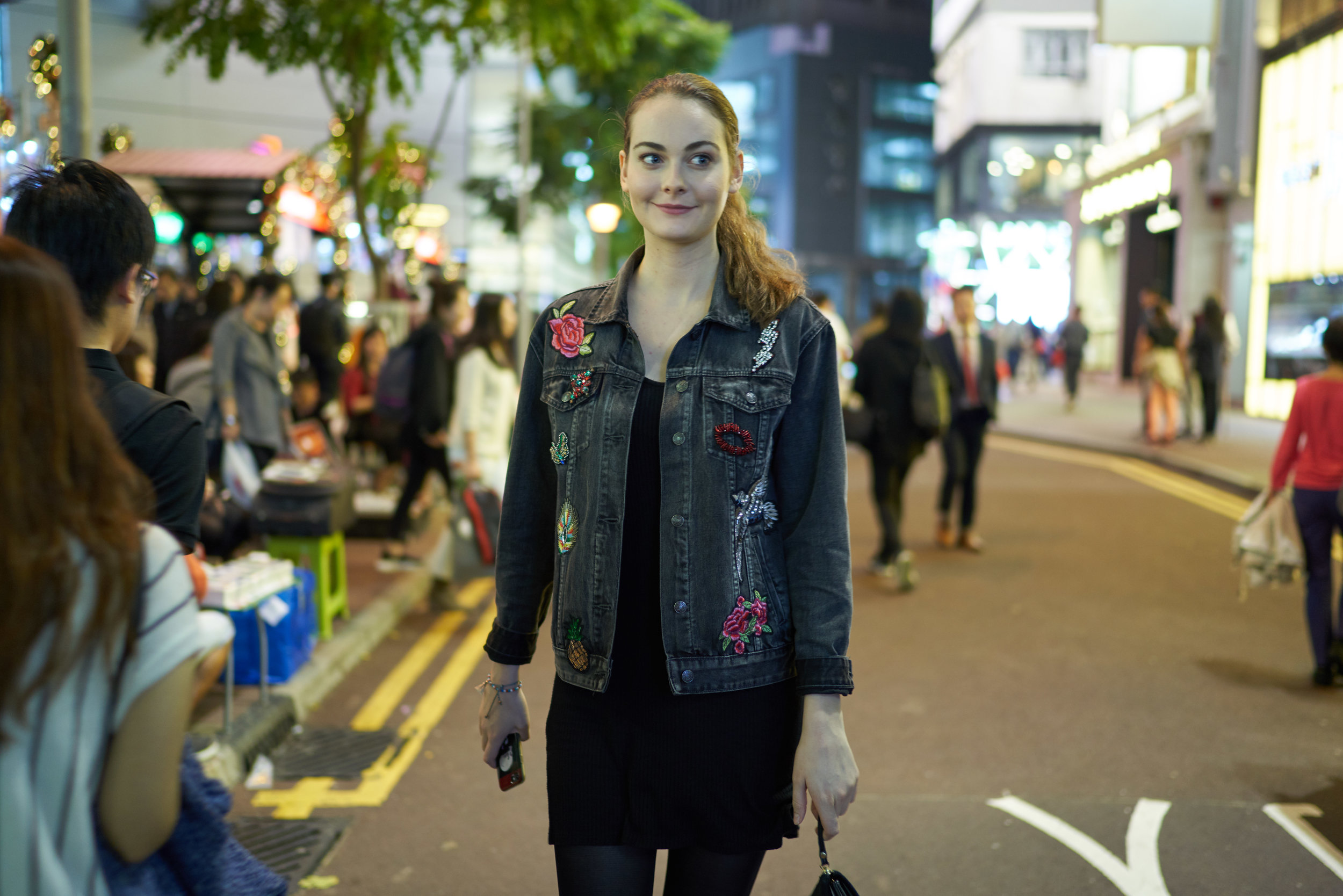


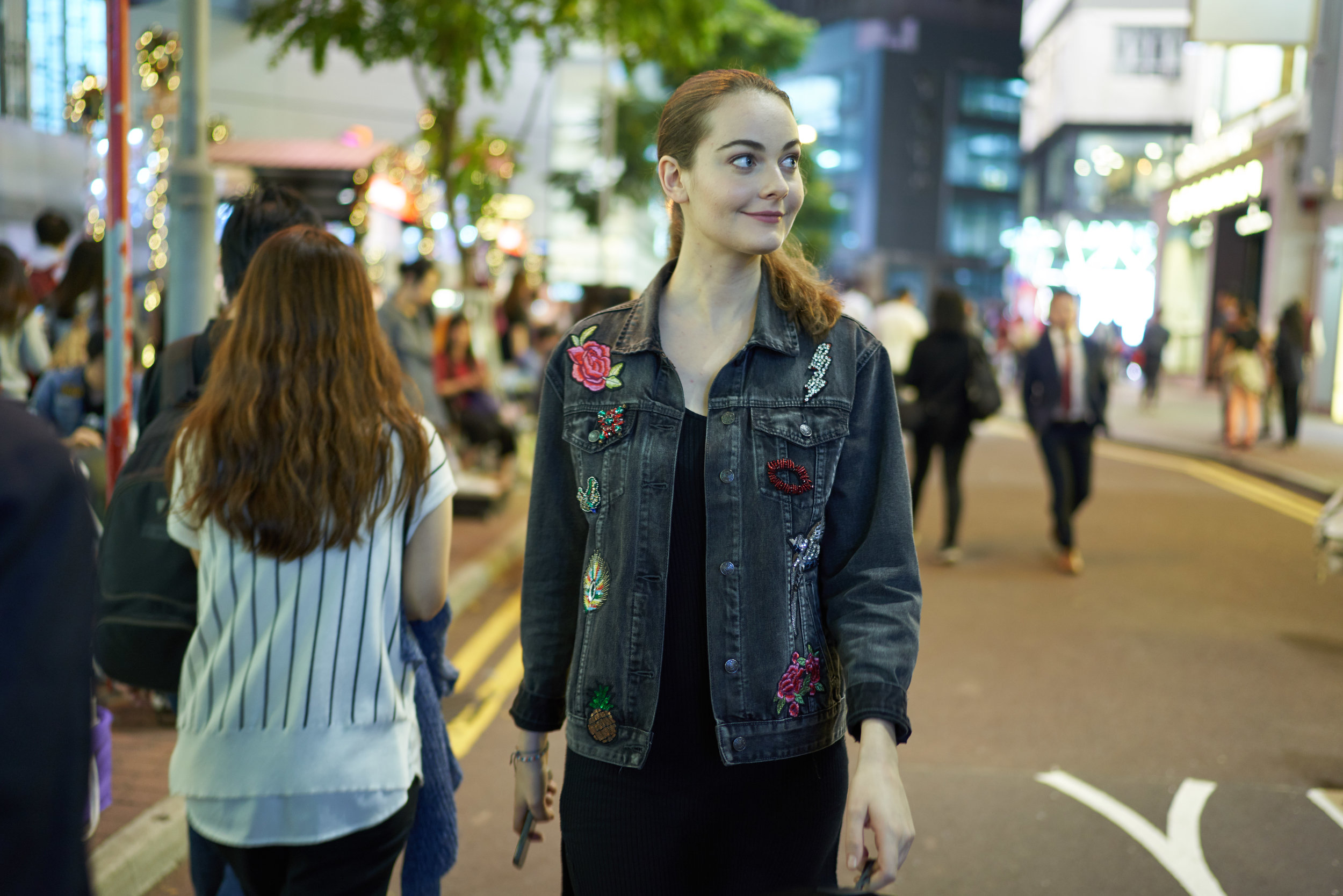
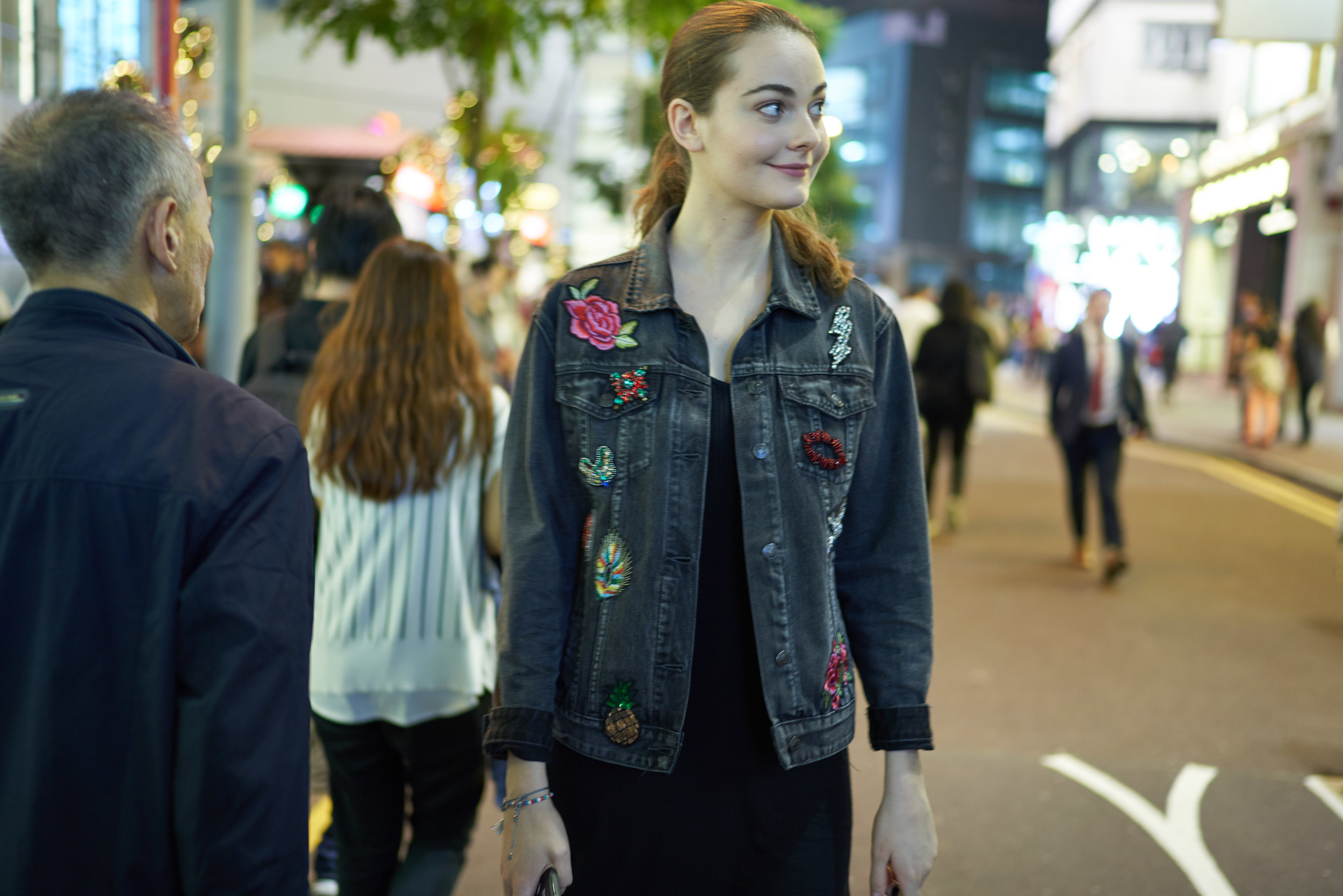
ISO 320, f/1.4, 1/40s
ISO 320, f/1.4, 1/40s, +1 stop
ISO 100, f/1.4, 1/40s
The rendering from the previous 42 megapixel sensor is already as close to real life as possible. Making it any more real life in rendering wouldn't make the resulting image capture any more real. And at 42 megapixel, the image sensor is already big enough. Anything more would just be cherry on the icing, let alone icing on the cake. Additionally, the flexibility in dynamic range is already well within reason to fix typical missteps in exposure. Plus, the high ISO is already more than usable enough for most typical lower light situation. So from that perspective, the need to introduce a new image sensor wouldn't significantly make the Mark III more of a high resolution camera than the Mark II.
I mean, what were you expecting? An even higher resolution sensor that can turn night into day, even when corrected ten stops underexposed?
My problem with the Sony A7R Mark II had never been its rendering, especially with native Sony lenses. Rather, the problem I typically encountered was its overall processing speed. It was just too slow to handle the high resolution image files it captured. From time to time, I would miss photo opportunities, because it was too busy buffering. In fact, I couldn't even review my image capture immediately after it was taken, because the A7R Mark II didn't have enough processing dexterity to seamlessly save its documentation onto the memory card and display preview on the rear LCD screen.
But with the new Sony A7R Mark III, you can now walk and chew gum simultaneously, in essentially performing these two operations without missing a step. From the context of user experience, it's life changing when you no longer have to wait for your camera's internal processor to free up enough buffer for your next shot, or review your image capture without the irritation of an inevitable lag in display. With the Sony A7R Mark III, you will not experience any of that inconvenience, because it can easily keep up with long continuous bursts without slowing you down - even with uncompressed raw images. Well, at least up to 20 frames at 80+mb, since I haven't had a need to go beyond that count.
ISO 12800, f/5.6, 1/25s - Testing image stabilization on this set - this is the first test shot
ISO 50, f/1.4, 1/10s - note there is less difficulty to perceivably freeze motion at longer focusing distance
ISO 50, f/1.4, 1/8s
ISO 100, f/2.8, 1/8s - with camera overhead
ISO 100, f/2.8, 1/6s
ISO 100, f/2.8, 1/5s - note there is increased difficulty to perceivably freeze motion at closer focusing distance
From that one difference alone in user experience, I knew it was all over for the A7R Mark II. The A7R Mark III was just that much better to use by comparison. And it wasn't the better autofocusing, which appeared faster and more accurate; nor was it the image stabilization, which allowed me to capture high resolution images at much lower shutter speeds. Genuinely, this latest iteration is just phenomenal. I only wished I used a Sony G Master lens instead, so I could have better demonstrated how the A7R Mark III rendered highly resolved details on its high resolution sensor.
Therein lies my goof up. I didn't realize this at first, but Sony Zeiss lenses are not particularly exceptional at resolving details at high resolution. At 24 megapixels, it seemed fine on the Sony A9, but at 42 megapixels, you can see feathering along the edges of most shapes at very high magnification, which then gives an impression that tack focus wasn't acquired in the image capture. It broke my heart to see this, because to an obsessive compulsive extent, it meant Sony Zeiss lenses do not offer the optimal rendering typical of contemporary lenses designed for higher resolution sensors.
From the perspective of lens pairing, I suppose the need for very sharp lenses could diminish the appeal for this camera, and it's predecessor by extension. Needing lenses that can optimally resolve details at high resolution would greatly limit a photographer's selection of possible lenses choices. It's not as if Sony is currently offering many G Master lenses, especially at more normal focal lengths. Given a lack of appropriate lenses to optimize image rendering at high resolution, the A9 may appear to be a more flexible choice, albeit at a much higher premium.
ISO 12800, f/5.6, 1/20s
ISO 400, f/1.4, 1/40s - outside Leica's Hong Kong office, which is on the 14th floor of this building.
ISO 250, f/1.4, 1/40s
ISO 400, f/1.4, 1/40s
ISO 200, f/1.4, 1/40s
ISO 200, f/1.4, 1/40s
But it's difficult to justify the added expense of the Sony A9, when the Sony A7R Mark III feels almost the same. Anecdotally, it seems to perform just as quickly as the A9. It has the same rear joystick as the A9. And it uses the same longer lasting battery as the A9. Plus, it has dual memory card slots. The only obvious omission (or rather intentionally deleted feature) is the top left dial, which I find rather stingy on the part of Sony. But, I suppose Sony has to create some manner of tangible and observable differentiation, in order to justify its current segmented product line strategy.
Having said that, I don't believe the lack of a physical dial to select frame rate or focusing mode provides sufficient justification to incur the added expense of the A9, given how similar the A7R Mark III feels. Again speaking anecdotally, I didn't find the A7R Mark III's low light and dynamic range capability to be noticeably different from the A9. Perhaps it might be under testing conditions. But as far as I can see, it looks more or less the same under most typical non-optimal shooting situations.
It is truly remarkable how the A7R Mark III feels like the A9. Now that Sony improved the processing speed of the A7R Mark III, and the image stabilization, you forget you're actually documenting high resolution files as large as 80+mb per frame. And that is really where the only material difference is between the two cameras. Simply, the A7R Mark III (and its predecessor) is a high resolution camera limited to only high resolution image capture. It doesn't have an option to capture medium or small raw files like the Canon 5D Mark IV or the Nikon D850.
ISO 12800, f/2.8, 1/250s
ISO 12800, f/2.8, 1/250s, +3 stops
ISO 12800, f/2.8, 1/250s
ISO 12800, f/2.8, 1/250s, +4 stops
ISO 800, f/1.4, 1/250s
ISO 800, f/1.4, 1/250s
ISO 800, f/1.4, 1/250s
Aside from needing larger capacity memory cards, this difference isn't immediately felt, during normal use of the A7R Mark III. However, from the context of workflow, it can be particularly challenging. Dealing with large image files can tax the upper limits of what a computer can process, depending on hardware configuration. Plus, the large image files bring the added inconvenience of more pressing file management needs, given how much more memory space it requires on the computer's hard drive.
Even so, I don't believe hardware issues should be material in rationalizing the Sony A7R Mark III. From the perspective of image capture, to be administratively burdened with larger image files is a moot point, given the benefit of higher resolution images, and the affordability of secondary storage. Still, I understand. Not everyone needs to see the details in the hair of a subject's chinny chin chin, or upsample that detail in a higher magnification crop, for increased perceived sharpness. But at least you have the option, whereas with the A9, you're limited to images resolved at normal resolution.
In the final analysis, handling different file size is the really the only relevant trade-off between the A7R Mark III and the A9. So, if you can deal with larger file sizes, then the A7R Mark III makes sense. But if size and a quicker raw image workflow is imperative to your needs, as it is for many working professionals, then the A9 is the more sensible choice, albeit at a premium. But, I believe the A7R Mark III is still the more complete choice of the two. Like I said, it feels remarkably like the A9, at a discount. It's just you have to deal with the larger file size, which really isn't the end of the world, given how useful it can be.
So, I guess what this review is trying to say is how the Sony A9 can still be a thing?
Well, at least the A9 had a nice half year run. Until the next half year when Sony comes out with the next A7S variant that can make night into day and correct crushed shadows underexposed ten stops. Clearly the elephant in the room will need to be addressed once again. But what is one to do if the 800 pound gorilla insists on padding its bottom line with a segmented product line strategy?
Some images have had their white balance and exposure tweaked slightly in Capture One 10. I used Capture One, because Lightroom currently does not support raw image files from the Sony A7R Mark III. Food images have been cropped for composition, since I cannot properly photograph food if my life depended on it. By the way, Capture One 10 and 11 seem to process Sony raw files faster than Lightroom, speaking anecdotally.






